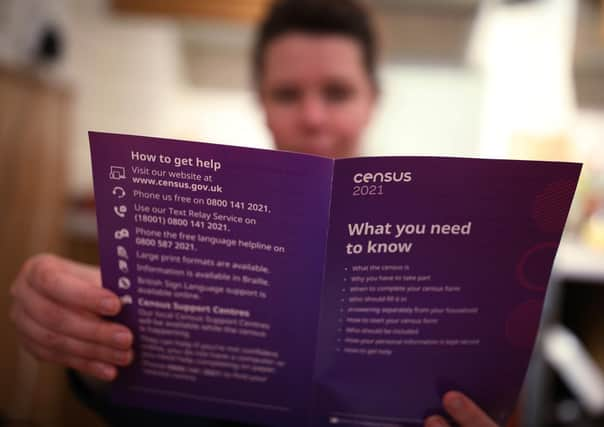Census 2021: Chichester has ageing population


The Census takes place every ten years, with the latest snapshot captured on March 21, 2021.
Figures published by the Office for National Statistics show there were 33,700 people aged 65 and over living in the Chichester district on census day last year – up from 27,894 in 2011, when the Census was last carried out.
Advertisement
Hide AdAdvertisement
Hide AdIt means the proportion of over 65’s living in the area rose over the last decade – from 24.5 per cent to 27.2 per cent.
There were 37,200 people aged 29 and under living in the Chichester district on March 21 last year, who accounted for 30 per cent of the population – up from 35,241 (31 per cent) in 2011.
Of them, 11,400 under 10’s called the district – including Midhurst, Petworth and the Manhood Peninsula, home.
This trend is reflected across England and Wales as a whole, where the population is ageing.
Advertisement
Hide AdAdvertisement
Hide AdThere were 11.1 million over-65s in 2021 – 18.6 per cent of the population – up from 9.2 million in 2011 (16.4 per cent) and 7.3 million (15 per cent) 40 years ago.
The Census, which is used to understand how the UK's population changes over time, shows the balance of men and women across the country.
In the Chichester district, 47.9 per cent of the population was male and 52.1 per cent was female last year – respectively, this compares to 47.8 per cent and 52.2 per cent from the Census ten years ago.